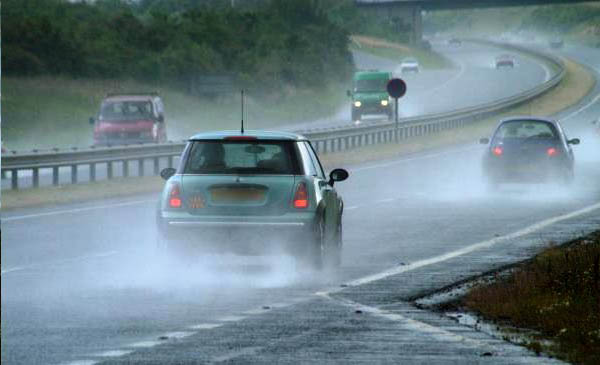Proper tire and pressure maintenance can be the difference makerThe rain season is quickly approaching. Is your vehicle ready to take on rain-slicked pavement? The chances of getting into an accident greatly increases during the wet season. The key to staying safe on the road during the wet season is to be aware of your surroundings and to heed your vehicle's warning signs. For example, keeping your tires properly inflated before navigating slick roads is extremely important. Under or overinflated tires can greatly change the way your tires meet the road. Traction, handling, steering, stability, and braking are all affected by changes in tire pressure. Keeping your tires properly inflated to vehicle specifications can dramatically reduce the chances of getting into an accident on wet pavement. Kicking your tire, pushing it in with your finger, or eye balling it is not the right way to measure your tire pressure. In fact, a tire can lose up to 50% of its air before it begins to show visually. Do it the right way. Use a tire pressure gauge to accurately measure the pressure in each tire and adjust accordingly. Exercising proper tire maintenance is important and properly inflated tires can be the difference maker when navigating through difficult road situations. Schrader, a world leader in TPMS technology and solutions recommends the following:
The National Highway Traffic Safety Administration estimates that nearly 250,000 accidents occur in the U.S. per year due to low tire pressure. Follow the steps above- don't be part of that statistic. Let's make the road a safer place for drivers from all generations by exercising proper tire and pressure maintenance. TPMSDirect offers the latest in TPMS technology, industry news, and technical know-how. Feel free to email us with questions or inquiries at [email protected] or give us a call at (714) 482-3996  |